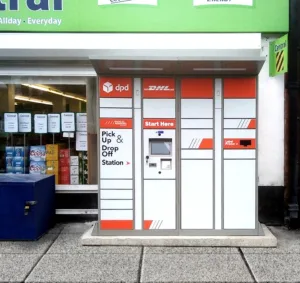Sam van Hees, Co-Founder and CMO at Instant Commerce discusses how retailers can overcome the problems of legacy tech and better serve their customers
Browsing the internet today and you may have noticed something rather odd. Many websites simply aren’t very good. Sure, they might look nice, but functionally speaking, they leave a lot to be desired. Slow running speeds, poor interfaces, patchy personalisation and endless pop-ups that cover content are creating pretty bad experiences. Research conducted in 2019 by Backlinko revealed the average desktop webpage takes more than 10 seconds to load – a figure that hasn’t improved in the past three years. For ecommerce sites the numbers are slightly better – according to Portent, 82% load in around five seconds. However, for consumers that can be an age. The same research showed that a site that loads in one second has 2.5 times the conversion rate of a site that loads in five seconds.
None of this will be very shocking to ecommerce business owners. They know that speed and user experience are the defining factors when it comes to sales. So why are so many websites so bad and why is the situation getting worse?
In a nutshell, websites have become much larger and much more complex. People expect a site to be able to do more for them and web devs have obliged by adding this functionality. However, the infrastructure that underpins these sites is often outdated or simply not built to do the job.
In the old days, solving the problem of old architecture was not easy. Removing legacy infrastructure and replacing it with a new monolithic tech stack was expensive and time consuming – not to mention fraught with risk. Therefore it made sense for a lot of ecommerce companies to simply modify what they had even if it meant that user experience began to suffer. However, as we have now seen these modifications are reaching their limit for a lot of businesses. Many have built unmanageable Frankenstein’s monsters.
Thankfully, there are now solutions and new techniques at hand that can enable ecommerce companies to revolutionise their architecture and crucially keep it up to date without breaking the bank or taking on a lot of risk. One of these approaches is called ‘Front End as a Service’. This involves using prebuilt components such as product detail pages, FAQ sections, shopping carts and more which you can then customise in a no-code environment. This is in contrast to a web dev sitting down and building it all separately. FEaaS also involves separating the front end from the back end so that new features can be added to a site without manually changing the infrastructure at the back.
When you combine FEaaS with headless infrastructure you create a powerful and future proof tech solution. Headless enables a range of benefits including near-instant webpage loading and dev free content management on multiple platforms. Add to all of this a data management platform and you have all the ingredients you need to create highly personalised and customer-
centric experiences without the expense and complexity of a big developer team or highly trained power users.
To get started on this journey you can begin with a small pilot project. The big virtues of these modern tech stacks is that they are highly scalable, easy to integrate and generally don’t involve any fixed-term contracts. This means you can employ the solution on one aspect of your ecommerce offering without touching your existing stack. As a result, you can see what combination of tools and overall approach will be best for your business.
Scalability also means that it can grow with your business. Finally, we don’t know what the future will bring in terms of the experiences customers will demand. Could it be on the metaverse? Who knows! What we do know, however, is that headless and FEaaS are the best way you can plan for these changes because they have the flexibility to adapt to these changes.







